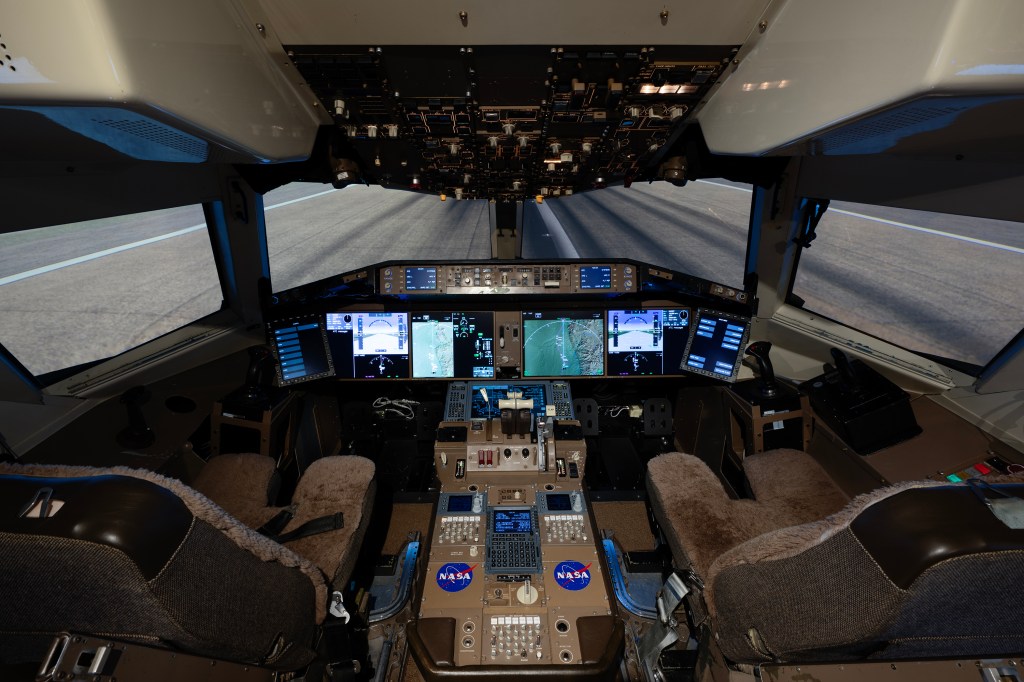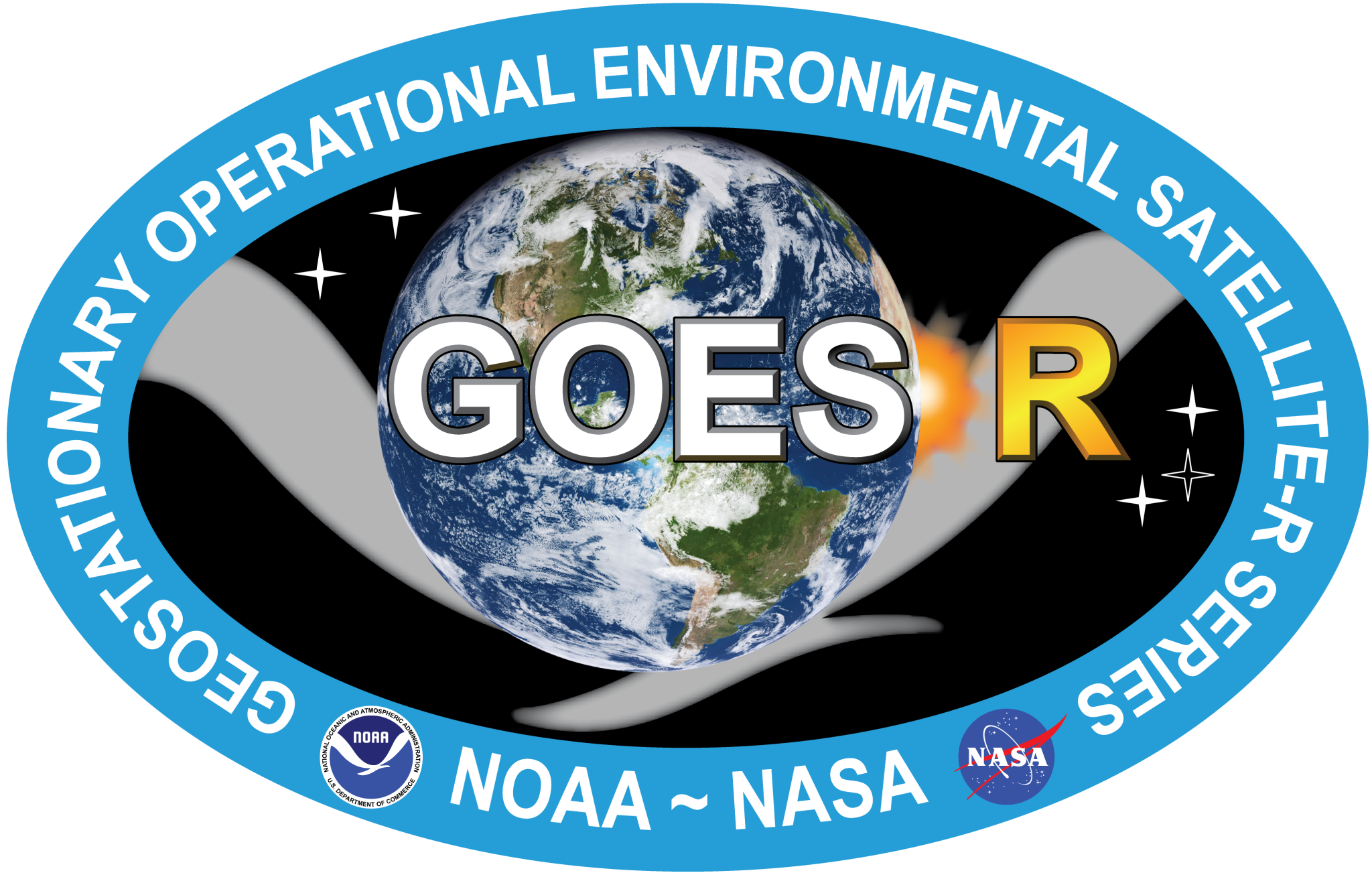Meteorologists soon will have a new tool at their disposal that will revolutionize weather forecasting. NASA is preparing to launch the GOES-R satellite for NOAA — the National Oceanographic and Atmospheric Administration. Liftoff is scheduled for a one-hour launch window beginning at 5:42 p.m. EST on Nov. 19.
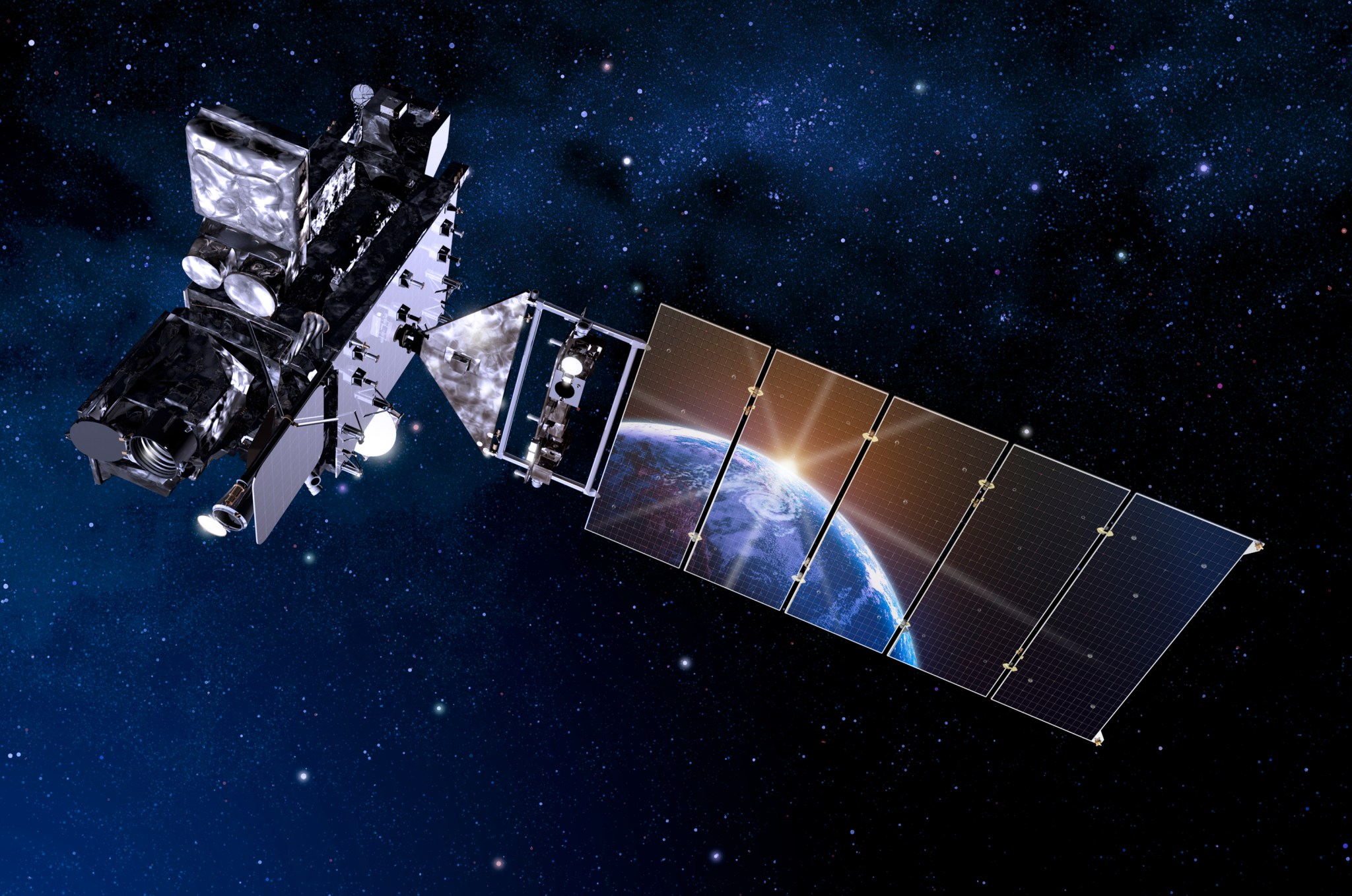
GOES-R is the first in a series of next-generation Geostationary Operational Environmental Satellites, or GOES. Its improved technology and instrumentation are designed to provide more timely and accurate weather forecasts and warnings of thunderstorms, tornadoes, fog, flash floods and other severe weather. It also will provide improved capabilities for forecasting the hazards of space weather.
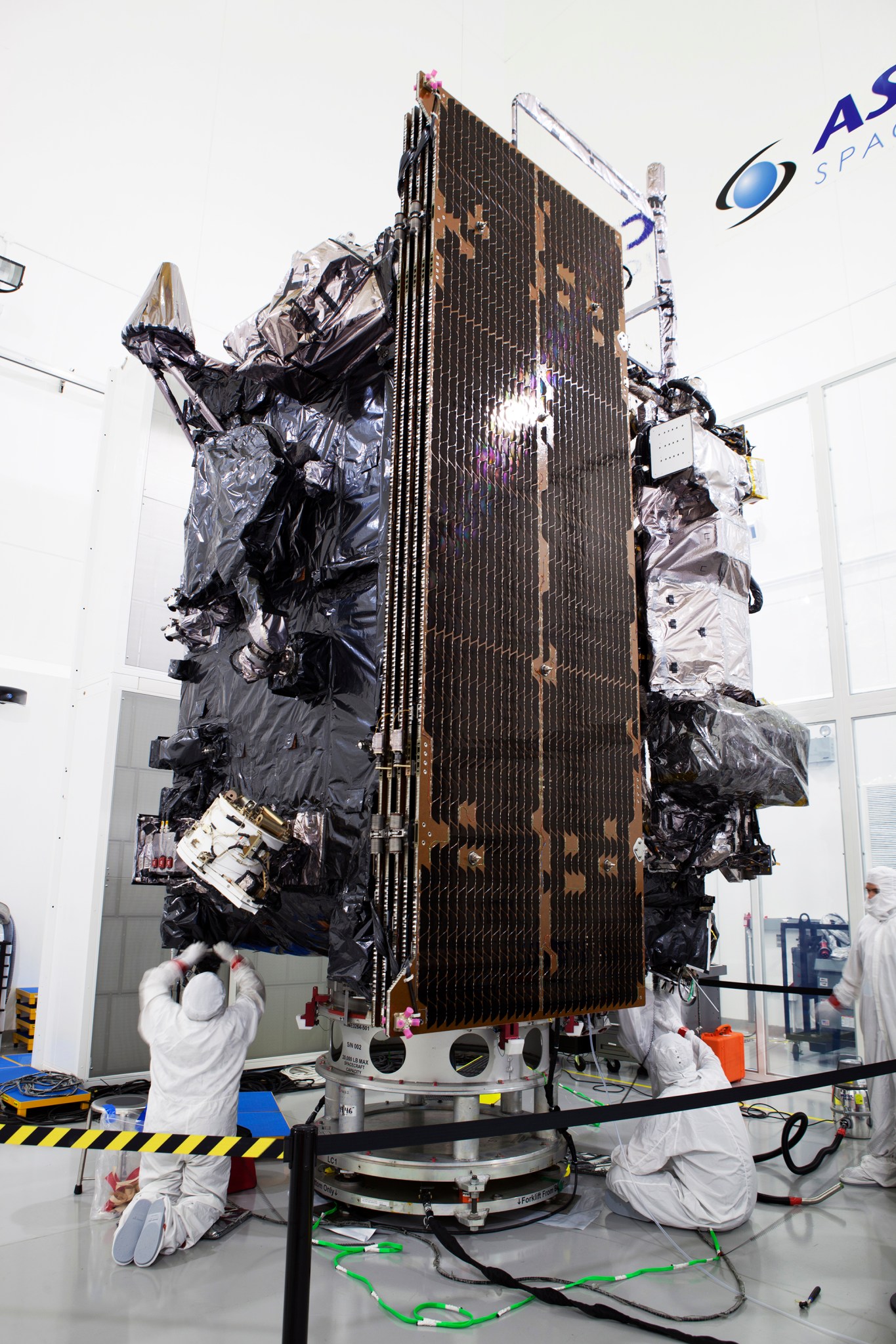
Liftoff will take place at Space Launch Complex 41 at Cape Canaveral Air Force Station, Florida, atop a United Launch Alliance (ULA) Atlas V rocket.
Geosynchronous satellites orbit about 22,000 miles above the Earth keeping them over the same location. These spacecraft have played a crucial role in U.S. weather monitoring and forecasting since the launch of the Synchronous Meteorological Satellite-1 in 1974.
NASA’s Launch Services Program (LSP) oversees the agency’s efforts to commercially provide rockets for specific missions. LSP also manages the overall launch effort including overseeing development and integration of the rocket with the spacecraft.
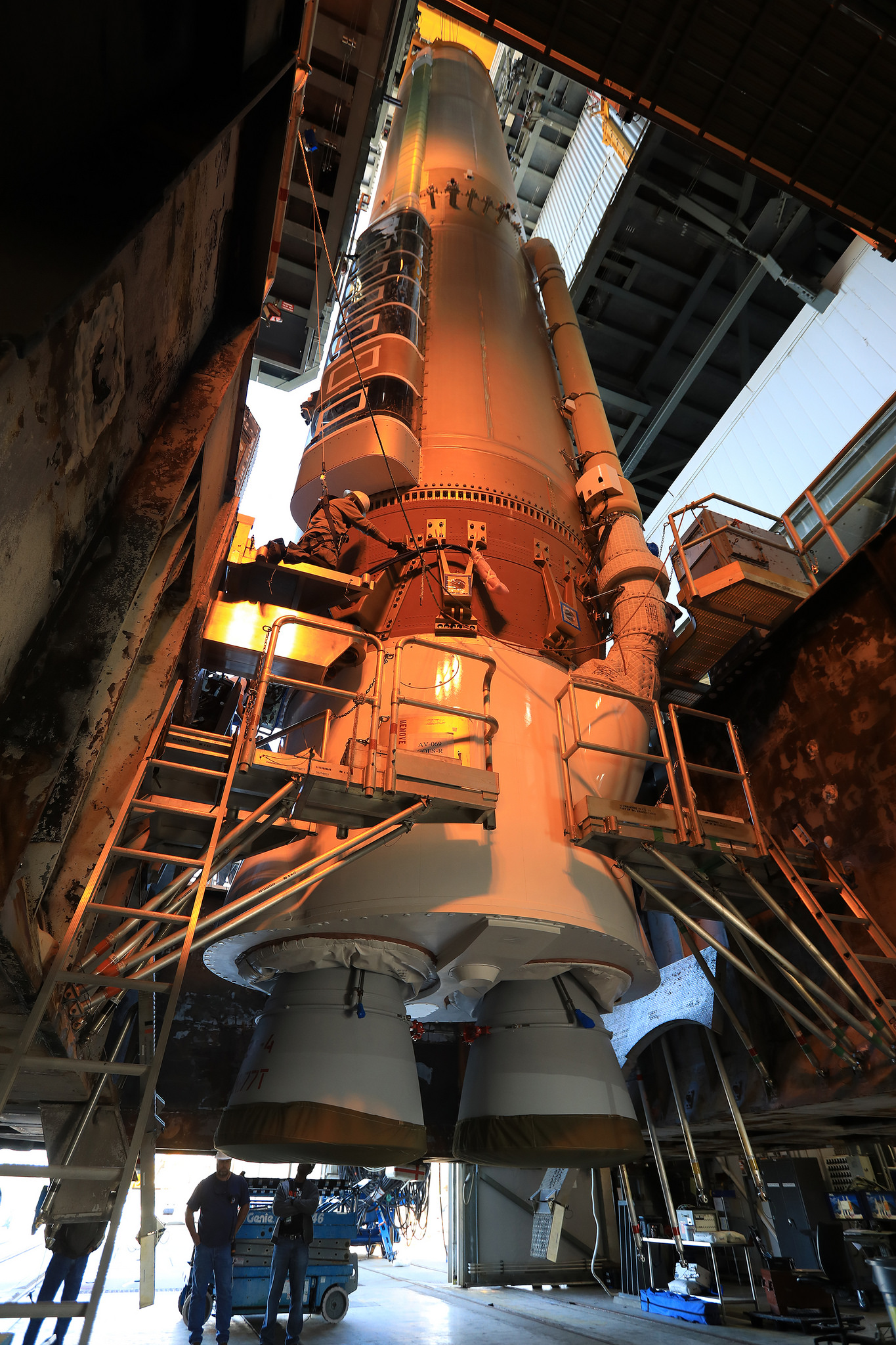
LSP’s work included coordinating with NOAA, who will use the satellite, NASA’s Goddard Space Flight Center in Maryland, which managed the satellite’s development for NOAA, Lockheed Martin who built GOES-R and ULA, who provides the launch service.
“We’ve been working with the ULA team, the Goddard spacecraft team, the Lockheed Martin team, and the LSP team for over six years since this has been in the works,” said Diana Calero, NASA GOES-R mission manager in LSP. “This is a team that has worked many issues and we’re very excited to be launching GOES-R.”
According to Todd McNamara, a meteorologist with the U.S. Air Force 45th Weather Squadron at Cape Canaveral, forecasters will have three times more spectral channels, four times better resolution and five times faster scans of the Earth compared with current GOES satellites.
“The benefits we are seeing with the GOES-R satellite system, the higher resolution, the more frequent updates, the increased number of products, and the lightning information is kind of like going from a black and white television to a high-definition television system,” he said. “We’re going to make a huge leap from what we have now to what we’re going to have here in just a few months.”
NASA’s GOES-R Launch Director, Omar Baez, praised weather forecasters such as McNamara.
“These meteorologists do an outstanding job of saving lives,” he said. “With GOES-R, we’re giving them better tools to allow them to make the best decisions. More accurate and timely forecasts can lead to getting people out of areas when they are threatened by dangerous storms.”
Weather satellites have been launched from the Florida spaceport dating back to TIROS-1 launched from Cape Canaveral on April 1, 1960. TIROS — the Television InfraRed Observation Satellite — was the result of a partnership with NASA, the U.S. Army Signal Research and Development Laboratory, RCA, the U.S. Weather Bureau and the U.S. Naval Photographic Interpretation Center.
TIROS-1 proved orbiting satellites beaming down photographs of cloud patterns could aid in developing accurate weather forecasts. Follow-on TIROS satellites began continuous coverage of the Earth’s weather in 1962 and was used by meteorologists worldwide.
TIROS satellites opened the way for the Nimbus program, whose technology and findings are the heritage of most of the Earth-observing satellites NASA and NOAA have launched since then. Since 1975, the GOES system uses satellites in geosynchronous orbits as a basic element of U.S. weather monitoring.
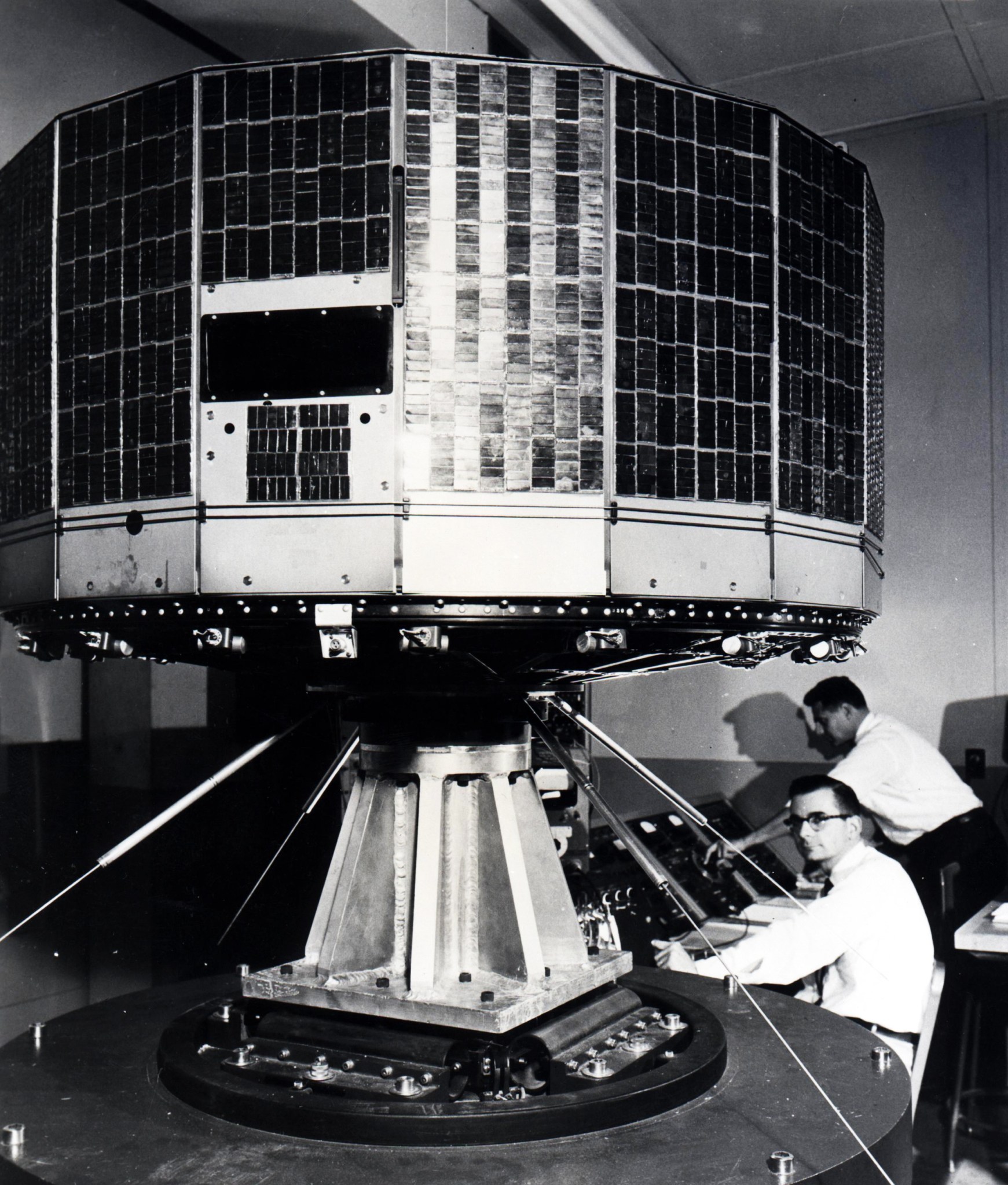
Lockheed Martin Space Systems in Littleton, Colorado, built the GOES-R satellite. It was delivered to Kennedy’s Shuttle Landing Facility (SLF) on Aug. 22 aboard a U.S. Air Force C-5 Galaxy cargo jet.
“Since its arrival here in August, the GOES-R satellite was transported from the SLF to the Astrotech satellite processing facility in Titusville where it was checked out and tested in a large high bay,” said Calero.
Ironically, one of the challenges for the GOES-R team was extreme weather. On Oct. 6 and 7, 2016, the east coast of Florida, including Kennedy, was slammed by Hurricane Matthew. Calero explained that this required quick work to protect the satellite from possible damage.
“It’s interesting that a satellite that’s supposed to be out hunting hurricanes was affected by a hurricane and caused a delay to its launch,” said Baez.
“For the spacecraft, they had a metal structure that was built around the spacecraft,” Calero said. “Then it was covered in a plastic-like material all the way around to protect GOES-R in the event of falling debris.”
Baez pointed out that the team quickly recovered from the storm and moved forward on the path toward launch.
Once checkouts and processing were completed at the Astrotech facility, GOES-R was transported to the Cape.
“GOES-R was encapsulated in its payload fairing that covers the spacecraft inside,” Calero said. “The fairing with the satellite inside was mounted on a large transportation truck and delivered to the Vertical Integration Facility adjacent to the launch pad. That’s where the rocket was waiting.”
Once the payload fairing was mounted atop the Atlas V rocket, a series of integrated tests between the spacecraft and the rocket took place. This ensured everything is working together.
Then the day before launch, the rocket rolls to the launch pad.
Calero noted that the most exciting part of preparing to launch a spacecraft always is the final few minutes before liftoff.
“Everybody’s quiet, everybody’s intent on listening on their headsets to the final launch sequence occurring on the Atlas V rocket,” she said. “This has been the culmination of many years of hard work, of setbacks, of successes and finally we’re here. The spacecraft is buttoned up on the launch vehicle at the pad and we’re all waiting for it to launch. When you finally hear the ‘3, 2, 1, liftoff’ — it’s the most thrilling, exciting, nervous experience you can have.”
Baez expressed similar feelings.
“At the end of the day, we get rewarded with a beautiful launch that enables a satellite system that provides weather forecasters around the country with some magnificent data,” he said.
After six months of commissioning activities, the GOES-R spacecraft will be handed over to the Office of Satellite and Product Operations of NOAA, the organization responsible for operating the spacecraft while in orbit.
McNamara stressed that forecasters across the nation will benefit from the advanced technology aboard GOES-R.
“Meteorologists are going to get that more frequent update, higher resolution data, and they are going to be able to monitor forest fires, dense fog situations, tornadic activity or hurricanes,” he said. “They are going to be able to provide more accurate forecasts, more accurate warnings to their customers, enabling people to take proactive measures earlier than they can now.”
The impact of the improved weather forecasting also will have a broad impact on everyday life.
“This is going to save people’s lives and directly affect resource protection,” McNamara said. “Whether it’s someone working out on the interstate somewhere or a rocket out on the launch pad, we’re going to be able to better protect people and hardware when we’re given more time to get ready when severe weather moves in.”
By Bob Granath
NASA’s Kennedy Space Center, Florida

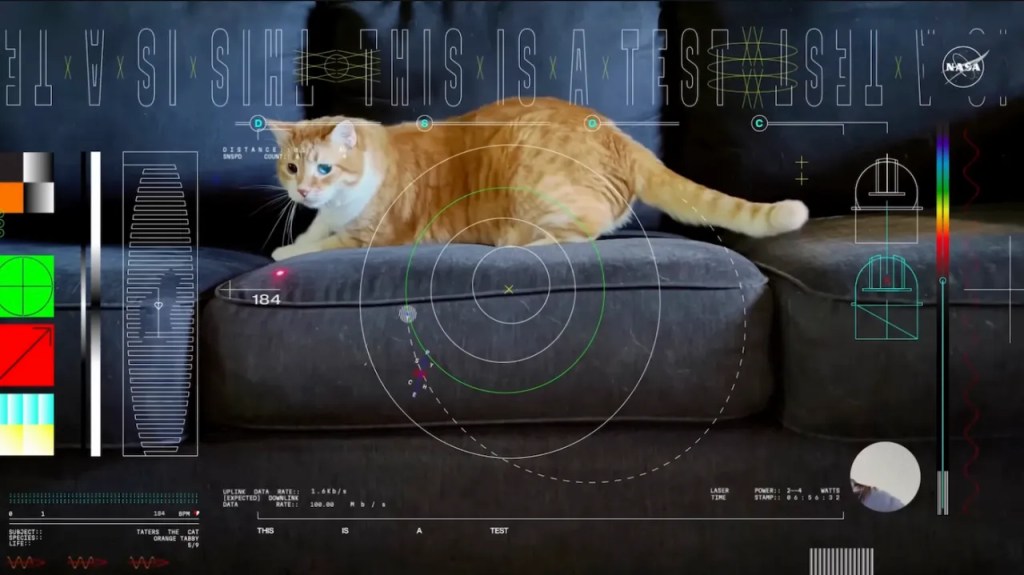





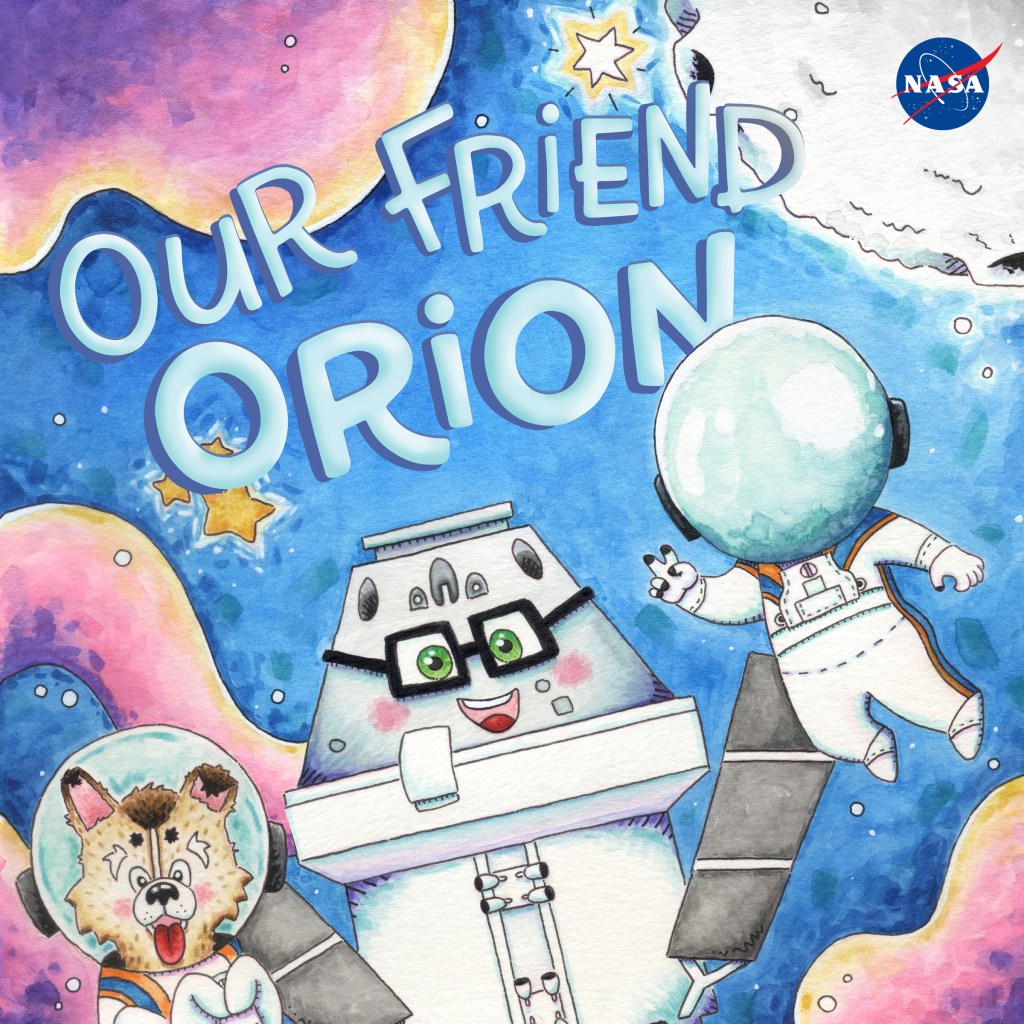







/quantum_physics_bose_einstein_condensate.jpg?w=1024)

